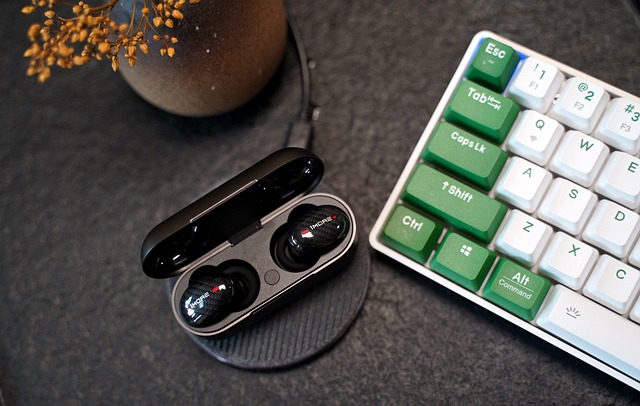Photography is an art that requires a delicate balance between light and shadow, often leading to breathtaking visuals. However, photographers frequently encounter one persistent adversary: noise. Noise, usually unwanted graininess or distortion in images, can be particularly disruptive, overshadowing the beauty of your subjects. Mastering noise reduction techniques can transform your photographs from ordinary to extraordinary and allow you to achieve optimal exposure.
Understanding noise is the first step toward effective noise reduction. It generally occurs when you’re forced to raise your camera’s ISO settings in low-light situations. As you increase the ISO for sensitivity to light, you’re also more likely to introduce sensory noise into your images. This is where the relationship between your camera’s quality and optics comes into play; better cameras often handle increased ISO levels more gracefully, but even the best gear can struggle under unfavorable conditions.
The right camera and optics are crucial in your noise reduction journey. A camera with a larger sensor typically offers improved high-ISO performance. Full-frame cameras, for example, can capture more light, resulting in cleaner images even at higher ISO settings. Pairing your camera with quality optics amplifies the benefits—using a prime lens with a wide aperture allows more light to hit the sensor, thus reducing the need to crank up the ISO. This optimized approach can significantly cut down on noise right from the capture stage.
Post-processing is another essential avenue for noise reduction. Software tools such as Adobe Lightroom or Photoshop can help in tackling noise after the photograph is taken. With sliders for both luminance and color noise, photographers have the power to fine-tune images precisely to their liking. It’s important to strike a perfect balance; applying excessive noise reduction can lead to flattening the details and losing texture. Aim for subtlety to maintain the integrity of your photograph.
Another vital aspect of noise reduction revolves around exposure techniques. A well-exposed photo can significantly minimize noise levels. It’s essential to understand the exposure triangle: ISO, shutter speed, and aperture. By keeping your ISO as low as possible and controlling the other two settings effectively, you’ll easily ensure that the image remains sharp and clean. Experimenting with exposure bracketing might also help—capturing multiple images at different exposures allows you to select the best out of the bunch or blend them together in post-processing.
Layering noise reduction techniques can yield impressive results. Start by addressing raw noise reductions while editing your photograph and then complement it with selective sharpening to enhance areas that might have softened. By applying noise reduction strategically, you’ll highlight the essential elements that catch your viewer’s eye while keeping unsightly artifacts at bay.
Ultimately, mastering noise reduction is about embracing both the technical and creative aspects of photography. Each photo presents an opportunity to tell a story through skilled exposure and mindful editing. As you continue to refine your approach, consider keeping a portfolio of before-and-after examples to track your progress. Over time, you’ll develop a nuanced understanding of how to optimize your photographs, transforming low-light challenges into artistic triumphs.



